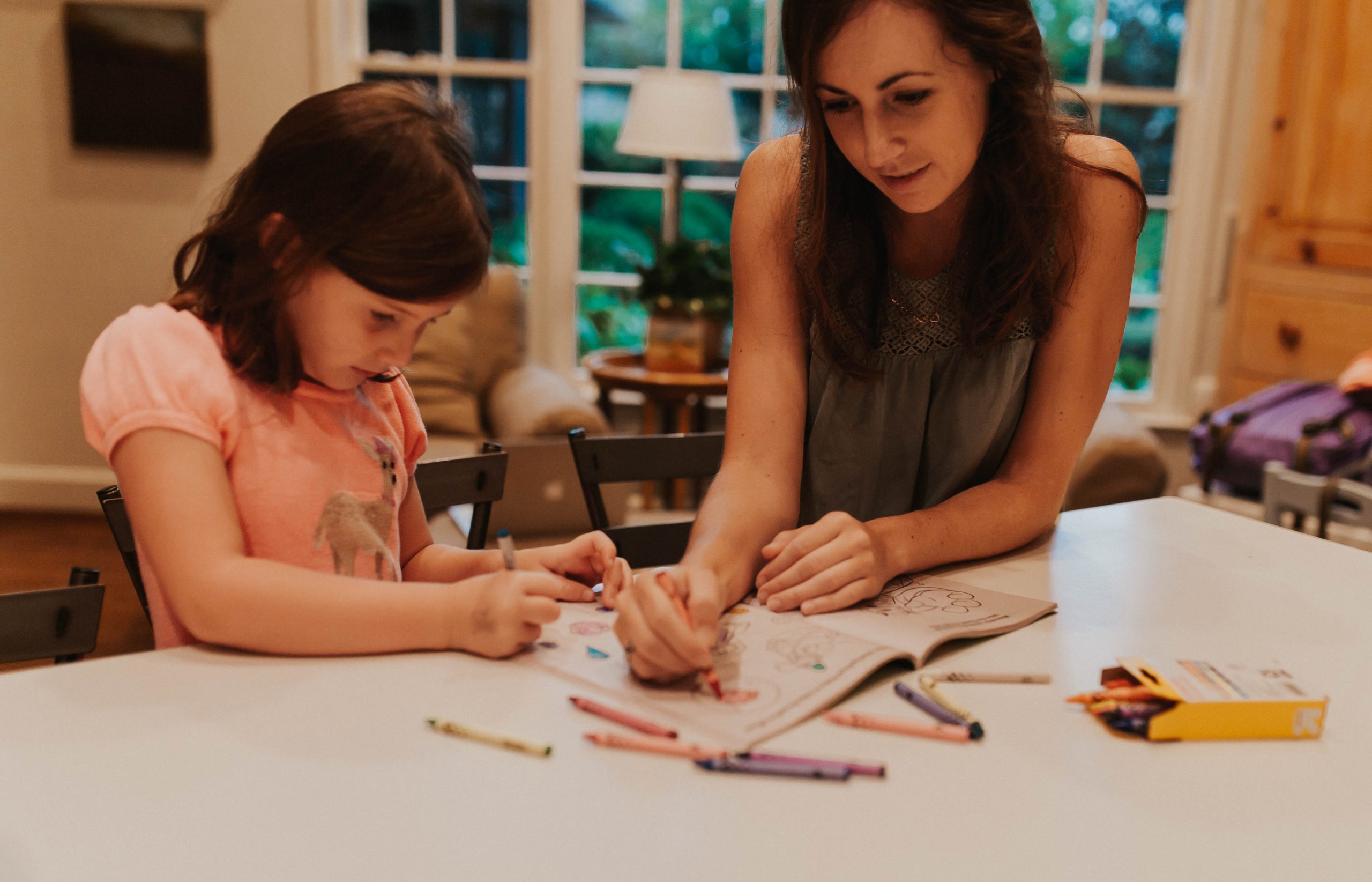Table of Contents
Understanding the Importance of Fire Safety
When caring for children, it is crucial to recognize the significance of fire safety. Fires can quickly escalate, causing enormous damage and putting lives at risk. By being knowledgeable and prepared, babysitters can help prevent fires and mitigate potential dangers. Additionally, being well-informed about fire safety will give both parents and babysitters peace of mind, knowing that their children are in safe hands.
On-Demand Childcare in Your Neighborhood
Book a Sitter
Fire Prevention Measures for Babysitters
1. Never leave children unattended: Children should never be left alone, especially in a room where fire hazards are present. It is vital to supervise them at all times to prevent accidents.
2. Be mindful of cooking hazards: Cooking is a common cause of household fires. Avoid distractions when cooking and ensure that flammable materials, such as dish towels or curtains, are kept away from stovetops. Teach children about kitchen safety, educating them on the dangers of playing near the stove or handling hot objects.
3. Avoid overloading electrical outlets: Babysitters should pay attention to the number of appliances used and avoid overloading electrical outlets. Ensure that cords are not frayed or damaged, and never leave devices plugged in when not in use.
4. Keep an eye on open flames: Whether it’s candles or a fireplace, open flames can be extremely dangerous. Never leave children alone in a room with lit candles or a burning fireplace. Always extinguish candles before leaving a room, and use fireplace safety screens as a precautionary measure.
Creating a Fire Escape Plan
In the event of a fire, having a well-thought-out escape plan is essential. Babysitters should be familiar with the layout of the house and establish a plan that allows for a quick and safe evacuation. Here are some key steps to creating a fire escape plan
1. Become familiar with the layout: Take the time to memorize the layout of the house, including all exits, windows, and stairways. This knowledge will enable you to guide the children efficiently during an emergency evacuation.
2. Identify primary and secondary escape routes: Identify multiple escape routes and designate a primary and secondary route. In case one exit becomes blocked, having an alternative path can make a critical difference in ensuring everyone’s safety. Teach children about the escape routes and stress the importance of following the plan.
3. Plan for unique circumstances: Consider any unique circumstances that may require additional preparation. For example, if caring for a baby, ensure that there is a plan for safely evacuating with a stroller or carrier. Similarly, if the home has multiple levels, consider how to assist young children or infants down the stairs safely.
4. Practice the escape plan: Regularly practice the fire escape plan with the children. Conduct fire drills, simulating a fire emergency, and guide them through the steps necessary for a successful evacuation. Consistent practice will help children remember their roles and minimize panic in a real-life emergency.

Managing a Fire Emergency
While preventing fires is crucial, it is also essential for babysitters to know how to react and handle a fire emergency calmly and effectively. Here are the key steps to follow
1. Stay calm and assess the situation: In the event of a fire, it is essential to stay calm. Assess the situation quickly to determine the severity of the fire. If it is a small fire that can be safely extinguished, proceed with the appropriate fire extinguisher or evacuation plan. Otherwise, focus on removing everyone from the house and calling for help immediately.
2. Alert the authorities: As soon as the children are safe, call the emergency services in your country (911 in the United States, 999 in the United Kingdom, etc.) to report the fire. Provide clear and concise information about the situation and the address where the fire is occurring.
3. Evacuate the children: Guide the children to the designated meeting point outside the home while avoiding areas filled with smoke or flames. Do not waste time gathering personal belongings or searching for pets. Ensure all children are accounted for and let them know that their safety is the utmost priority.
4. Do not re-enter the building: Under no circumstances should you re-enter the burning building.
Once everyone is safely outside, wait for emergency personnel to arrive and handle the fire.
Essential Fire Safety Tips for Babysitters
In addition to the specific measures mentioned above, here are some additional fire safety tips that every babysitter should adhere to
– Install smoke detectors and carbon monoxide alarms on every floor of the house, including near sleeping areas. Test them regularly to ensure they are functioning correctly.
– Make sure fire extinguishers are easily accessible and in working condition. Know how to use them properly and have a general understanding of the different types of fire extinguishers.
– Teach children about fire safety from an early age. Demonstrate how to stop, drop, and roll in case their clothing catches fire, and explain the importance of following fire safety rules.
– Avoid smoking inside the house. If you must smoke, do so outdoors and ensure that cigarettes are entirely extinguished in a designated ashtray or container.
– Be aware of potential fire hazards throughout the house. This includes sources of electrical fires, such as faulty wires or overloaded outlets, and flammable materials that should be stored properly.
Conclusion
As a babysitter, fire safety should always be a top priority. By being proactive in preventing fires and prepared to handle emergencies, you can ensure the safety of the children under your care. Remember to stay calm, establish a fire escape plan, and regularly practice fire drills with the children. By adhering to essential fire safety tips, you can become a responsible and well-prepared babysitter who can confidently handle any fire emergency that may arise.










